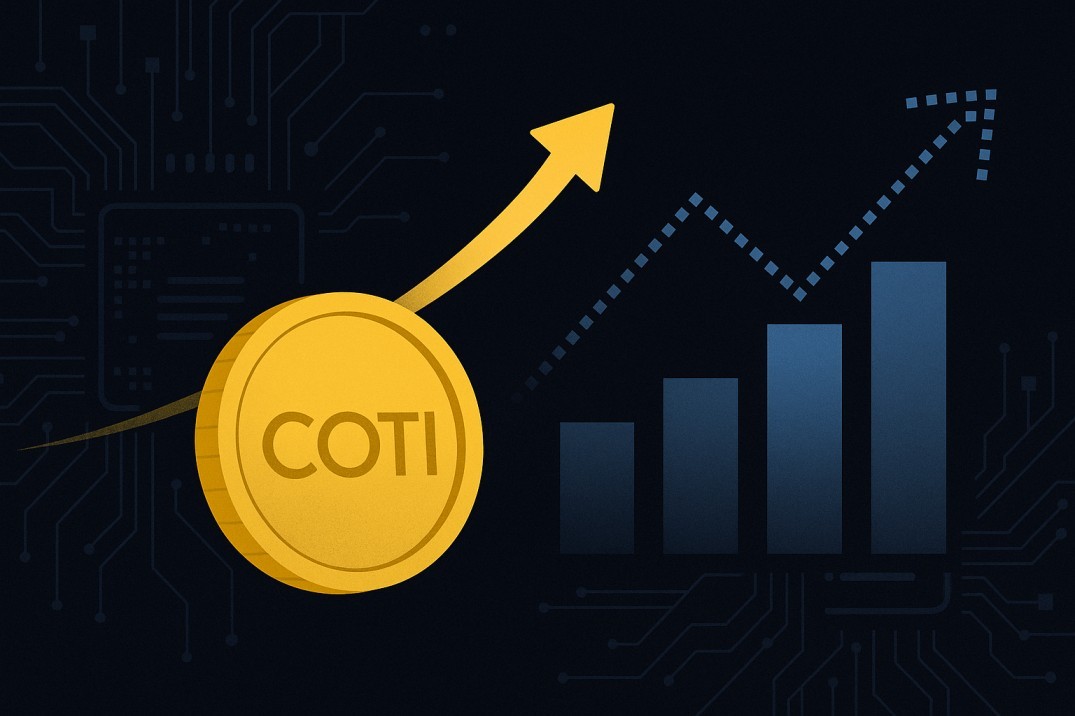COTI has transitioned away from a fixed supply model. Under the original Trustchain framework, the total supply was capped at 2 billion tokens. With the introduction of COTI V2, the protocol now operates on a dynamic issuance model where new tokens are introduced gradually through an inflationary schedule.
Starting in 2025, COTI will begin increasing its total supply based on a declining annual inflation rate. In year one, inflation will be approximately 12 percent. By year five, this rate will taper to around 5 percent. By year ten, the annual inflation is expected to fall below 2 percent. This model is intended to support protocol scalability, incentivize ongoing participation, and maintain flexibility as COTI V2 matures.
Newly minted tokens will be allocated across three primary functions:
Rewards and Incentives (58%): Used to support staking, liquidity provision, and user incentives across the COTI Treasury and ecosystem applications.
Development (18%): Dedicated to ongoing protocol upgrades, infrastructure development, audits, and maintenance.
Ecosystem Growth (24%): Allocated toward grant programs, strategic partnerships, community initiatives, and institutional onboarding.

This structure ensures that token issuance directly aligns with network usage and developer contributions. It avoids the risks associated with rigid supply caps, such as early concentration of tokens or under-incentivized late-stage contributors. This shift reflects COTI’s evolution from a payment-focused Layer 1 into a privacy-first Layer 2 built on Ethereum. The tokenomics are now designed to support long-term decentralization, flexible governance, and adaptive reward systems without relying on fixed hard caps.
There is no longer a predetermined maximum supply of COTI. The total number of tokens will expand gradually, in sync with ecosystem growth, infrastructure needs, and community participation.
EXPLORE MORE :
1. Who created COTI?
2. How much will COTI be worth?
3. Does Coti have a future?
4. Who are Coti competitors?
5. COTI FAQ











